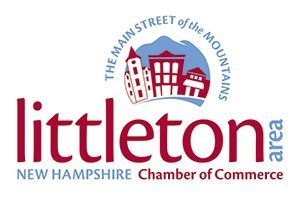
Peacham was chartered on December 31, 1763, under Governor Benning Wentworth’s New Hampshire Grants, and settled a decade later by families from Connecticut and Massachusetts. The settlers found beauty—and challenge—in the rocky hills and thin soil. Winters were long, and the land wasn’t generous, but the people were industrious and deeply practical. For them, survival wasn’t just about crops and cattle; it was about community, faith, and education.
By 1795, the town had voted to establish the Caledonia County Grammar School, making Peacham a regional center of learning. This was the same period when other Vermont towns were vying for courthouses and shire seats—symbols of importance and political clout. Peacham could have done the same, but instead, it built a school. The decision may have been rooted in geography—Peacham wasn’t ideally situated for court travel—but it also reflected a belief that knowledge would sustain a town longer than prestige.
That belief paid off. Throughout the 19th century, the grammar school became one of the most respected in the state. Students came from neighboring towns, boarding with local families to study mathematics, science, and the classics. In the era before public high schools, Peacham’s school filled a vital need, educating generations who would go on to teach, farm, preach, and serve their communities.
By 1810, the town counted nearly 200 school-aged children—a remarkable number for a small hill community. Peacham also supported one of Vermont’s earliest circulating libraries, which operated informally out of a store and later found a permanent home. Education wasn’t a side note here; it was a defining feature. When other rural towns declined after the Civil War as young people moved west, Peacham’s commitment to education helped it remain vibrant. It offered more than farmland; it offered a reason to stay.
The town’s physical landscape tells this story even now. The Peacham Congregational Church, the grammar school, and the meetinghouse stand close together near the green—symbols of faith, learning, and civic life sharing equal ground. The old schoolhouse still draws visitors, often mistaken for a museum, though in truth, the whole village is one. Its well-preserved architecture and deep historical roots earned Peacham listings on the National Register of Historic Places, but to locals, it’s just home.
To this day, Peacham’s legacy as a “learning town” continues through its active library, community lectures, and seasonal events that bring together old families and newcomers alike. It’s a place where education isn’t just about books—it’s about continuity.
So, the next time you pass through Peacham on a foggy morning, take a moment to look around. Those sturdy white buildings and stone foundations aren’t just picturesque—they’re the visible record of a vote taken more than two centuries ago, when a group of farmers decided that their town’s future would rest not in law and order, but in learning and light.
Sources
Peacham, Vermont, Wikipedia — charter date, settlement, grammar school founding, and library history.
Vermont Historical Society, “Early Schools and Libraries of Caledonia County.”
Caledonia County History, Vermont Historical Gazetteer, 1868.
Have a story?
Let's hear it!
(802) 757-2773
(603) 787-2444
news@thebridgeweekly.com




